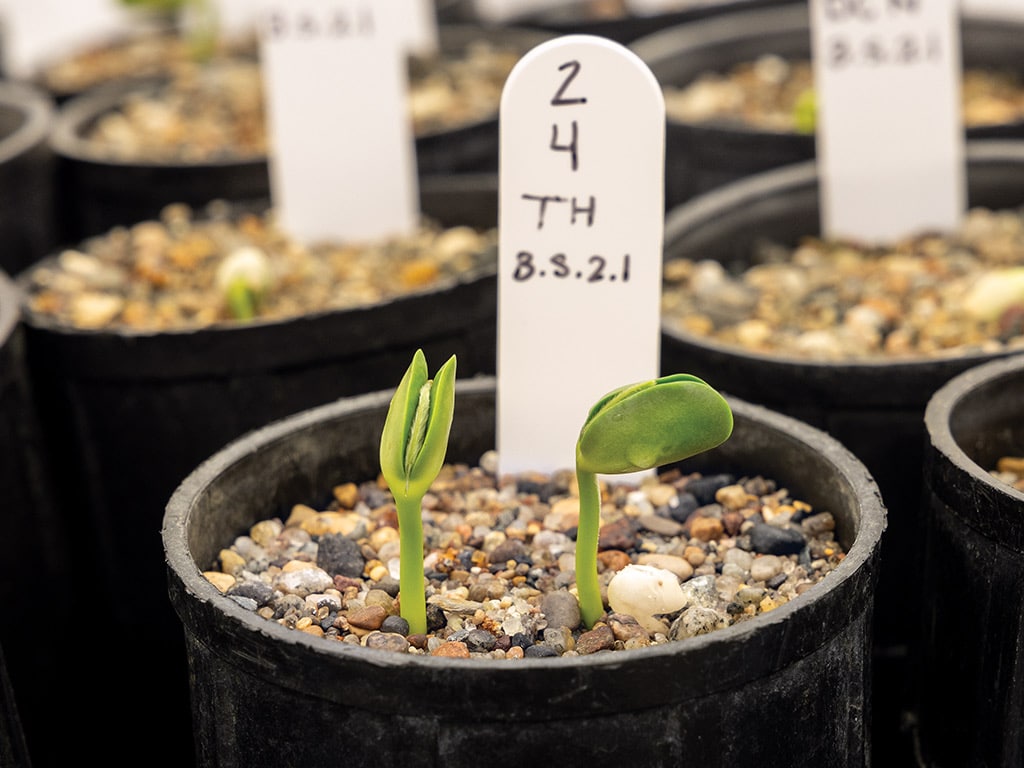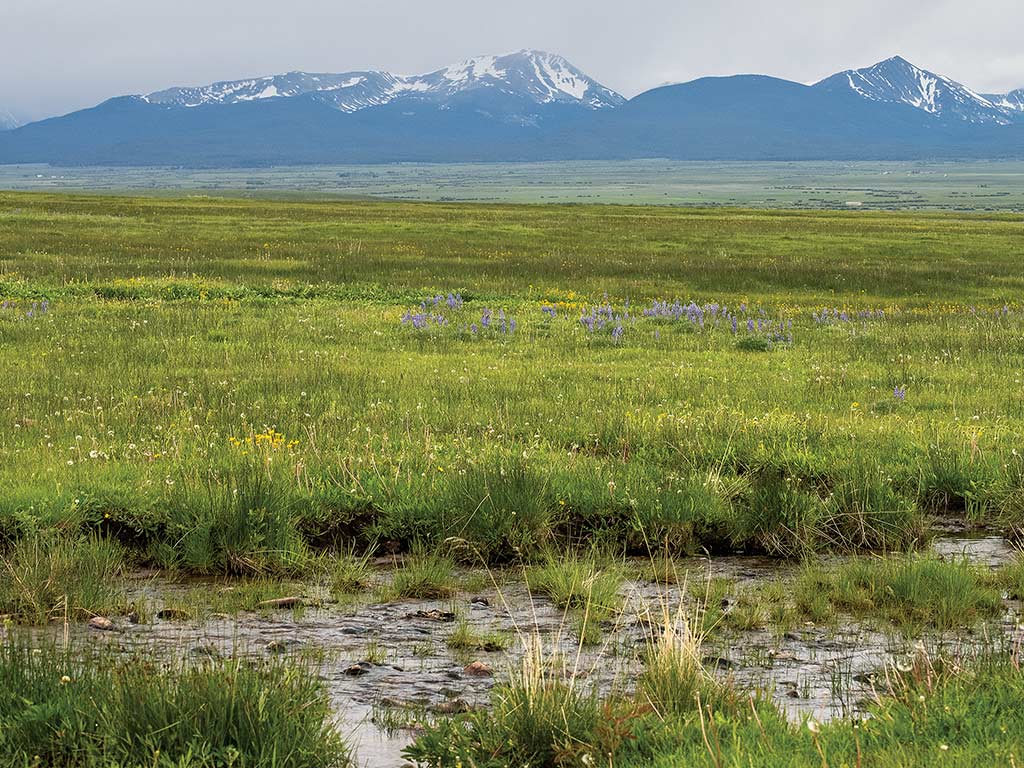Agriculture, Livestock/Poultry December 01, 2023
Mountain Flow
.
Bending production to flow with ecological and market needs.
Like it or not, change is among the most reliable forces in the universe. Blake Huntley keeps a keen eye on the way the wind blows and shifts his business and management rudder to accommodate or capitalize on the prevalent breeze. This flexibility has seen his family's Wisdom, Montana, cattle ranch through ups and downs spanning his 50 years in the cockpit.
Equipment, livestock genetics, markets, workforce, weather patterns, and even the value he places on quality of life have shifted as the years blur by. Ranch management is steeped in tradition, and Huntley isn't afraid to buck it even when traditions extend to the whole community.
"This used to be the land of 10,000 haystacks, now it's the land of 40,000 bales," the Big Hole Valley rancher says. The area is home to the Beaverslide hay stacking method used to create massive loose-piled stores of hay.
Though antiquated, the method prevailed into the 1990s transitioning from horse to tractor power. But when it was time to upgrade key equipment, Huntley realized it made sense to convert to the round bale systems he'd used on acres outside the valley.
"It was difficult to get help that could operate the old equipment and nothing was warrantied. There was a significant capital investment, but it gave us more control of variable costs," Huntley says. Other producers in the valley soon followed suit.
Over the years he also saw need for significant change in his Sim-Angus herd. For decades, the ranch was a cow-calf and yearling operation. Steers weaned in the fall at 600 pounds were overwintered then turned out on 'cheap' mountain grass to graze and ideally gain to 900-950 pounds by the next fall.
As genetics improved, weaning weights climbed. Overwintered calves barely grazed two months before hitting market weight. "It didn't make sense to feed them for 200 days to only get 45 days of gain on our most cost-effective forage," Huntley says.
The weather wasn't helping. More open winters meant less snow pack to flood irrigate hay ground needed to produce feed for the overwintered yearlings. In 1998 they switched to straight cow-calf.
Above. Blake Huntley says less is often more when a practice is analyzed. He won't spend 30% of his budget chasing the last 10% of production gain.
Reverse, reverse. In the subsequent 25 years, change kept coming. Weather patterns became less predictable, producing unprecedented drought and extreme storms during calving. In 2023, Huntley pivoted again. He pushed calving back 15 days and opted to retain yearlings.
The weather is milder resulting in less stress for rancher and cattle alike. Later calving is more in tune with the natural grass cycle, he says, and avoiding spring storms means more live calves.
"We can calve later because if we're keeping yearlings we don't want big calves in the fall anyway," he says.
Weaning lighter calves would be tough for some, but Huntley says less can be more when looking at the big picture.
He extends this thinking to his conservation work. Huntley is a member of a cooperative program between ranchers and multiple agencies to manage land and water to protect arctic grayling in the Big Hole River. "This valley is a system. What's good for the watershed is good for ranchers, fish, and the community," he says.
He's seen great success in conservation when ranchers are partners in the process. It develops passion for the project, he says. Again, this bucks what some see as tradition in conservation.
"Doing things traditionally doesn't mean doing things the same. We're ranching, but we're versatile, diversified and in tune with our place in the ecosystem. That's the tradition I want my son to continue," he says. ‡
Read More

AGRICULTURE, LIVESTOCK/POULTRY
Good Cheeses Make Good Neighbors
It's easy to make friends when you bring cheese.

AGRICULTURE, FARM OPERATION
Cash Calculator
The SCN Profit Checker estimates per-acre dollar damage inflicted by soybean cyst nematode.


